Warning: The magic method Vc_Manager::__wakeup() must have public visibility in /home/ezgoiran/public_html/wp-content/plugins/js_composer/js_composer.php on line 221
Warning: "continue 2" targeting switch is equivalent to "break 2". Did you mean to use "continue 3"? in /home/ezgoiran/public_html/wp-content/plugins/revslider/includes/operations.class.php on line 2858
Warning: "continue 2" targeting switch is equivalent to "break 2". Did you mean to use "continue 3"? in /home/ezgoiran/public_html/wp-content/plugins/revslider/includes/operations.class.php on line 2862

Through the different effects of culture in Iranian business
September 15, 2020
From ancient Persian foods up to today’s
November 12, 2020Persian Flowers from ancient Persia to Iranian culture
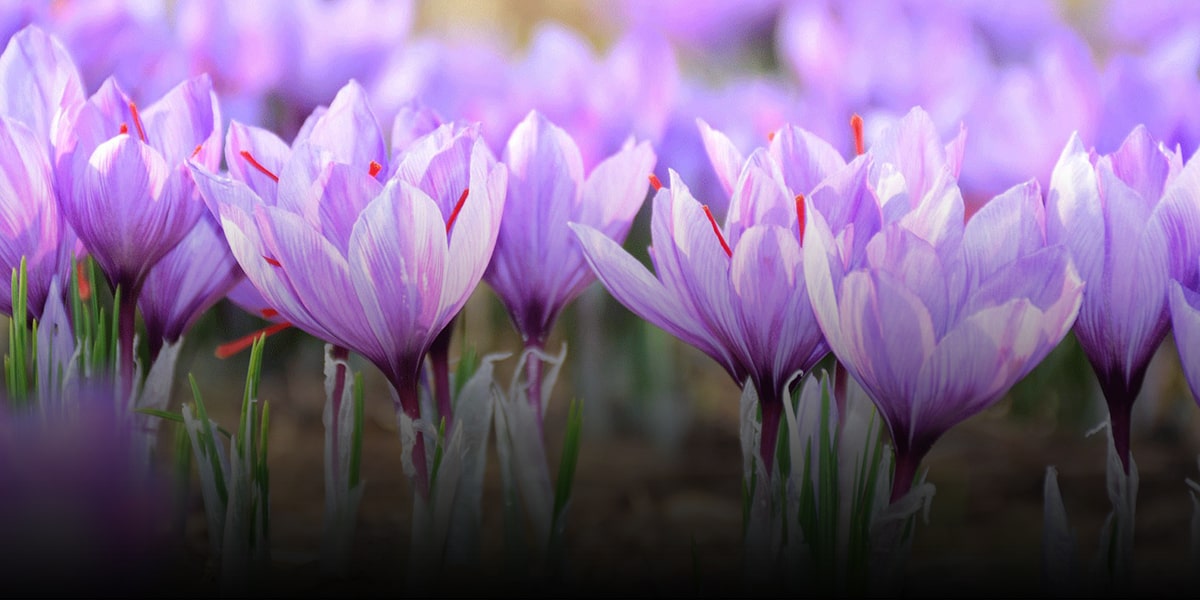
Persian flowers from ancient Persia to Iranian culture
Iran is a country with all four seasons and a diverse climate. This characteristic has given rise to biodiversity across the country. Desert and semi-desert areas occupy more than half of the country. About one-third of Iran is mountainous, and a small part of Iran (including the southern Caspian and Khuzestan plains) is made up of fertile plains.
From the north to the south of this country, we gradually encounter different climatic zones. Iran has one of the arid and semi-arid climates in terms of rainfall. The annual rainfall varies in different parts of the country and different seasons.
Every year, many tourists travel to Iran to enjoy the vegetation, Persian flowers and the gardens of Iran. You probably know that Iran is home to some of the most beautiful and oldest gardens in the world. One of the main reasons is the pure and rare vegetation of Iran.
Persian Flowers Festival
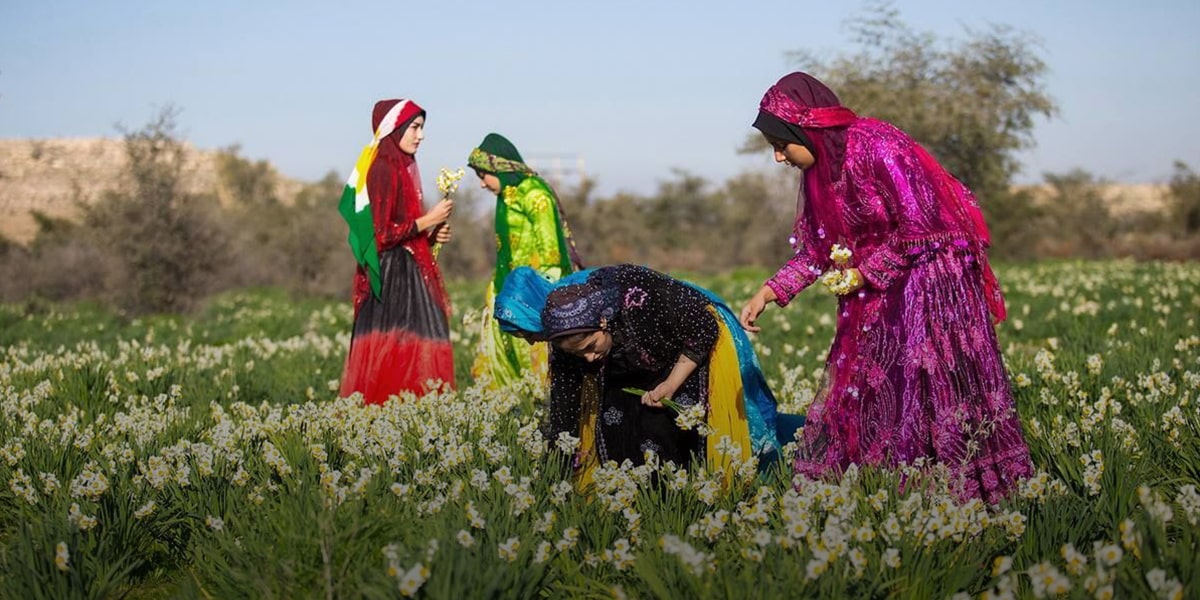
There are also several flower and plant festivals, such as the Tulip Flower Festival, which is held every spring in Chamran Park, Alborz Province. Karaj is one of the most important flowers and plant growing areas in Iran due to its pleasant climate. You can see the Laleh (tulip) Garden Carpet at this festival, which is one of the most attractive and spectacular parts of it. It attracts many tourists every year. It is interesting to know that this flower carpet is known as the largest flower carpet in the Middle East.
In this article, we want to make you more familiar with Iranian flowers.
Persian flowers and their origins
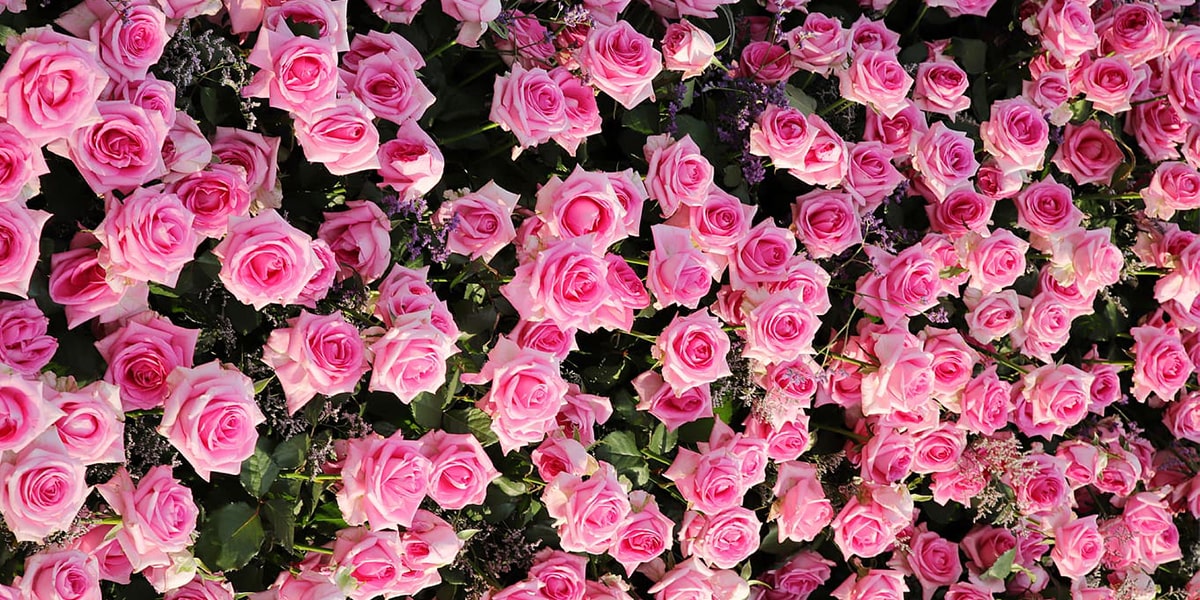
Some flowers grow only in Iran or were first grown in this country and then sent to other countries. Indigenous flowers of Iran are very diverse and attractive due to their special geographical location and topography.
Iran is very rich in vegetation due to its great climatic diversity and unique topography. In fact, every part of the country has unique plants and flowers. The desert areas have saline plants, and the foothills have wildflowers. So far, more than 2500 native plant species have been identified in Iran. Here are a few famous Persian flowers:
Tulips as Persian flowers
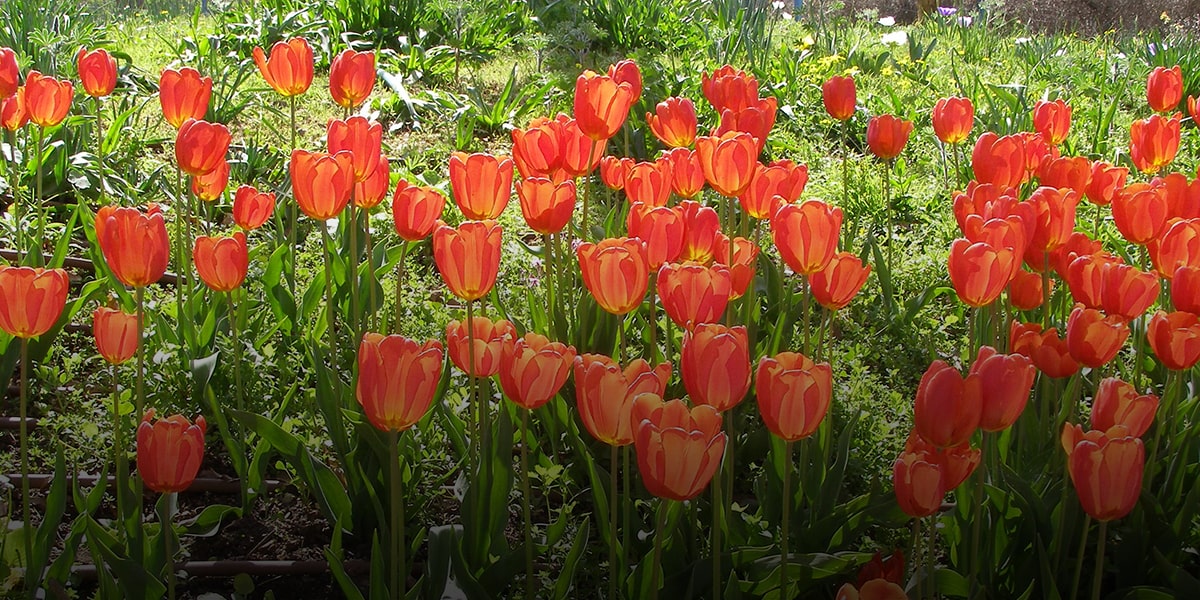
The main habitat of tulips is Central Asia. This beautiful flower has spread widely in Iran, Greece, Turkey, Afghanistan, Spain, Italy, and parts of western Syria. Also, the shores of the Mediterranean, the Caspian Sea, the Aral Sea, and the Black Sea have created a suitable bed for the growth of wild tulips. Among the species of tulips, 19 species are unique to Iran. But now the Netherlands is the world’s largest producer and exporter of tulips. Tulips occupy a special place in the culture of the people of Iran and Turkey. This unique flower is the national flower of countries such as Iran, Turkey, Afghanistan, the Netherlands, Hungary, and Belgium.
Expensive Persian flower, Saffron Crocus or Crocus Sativus
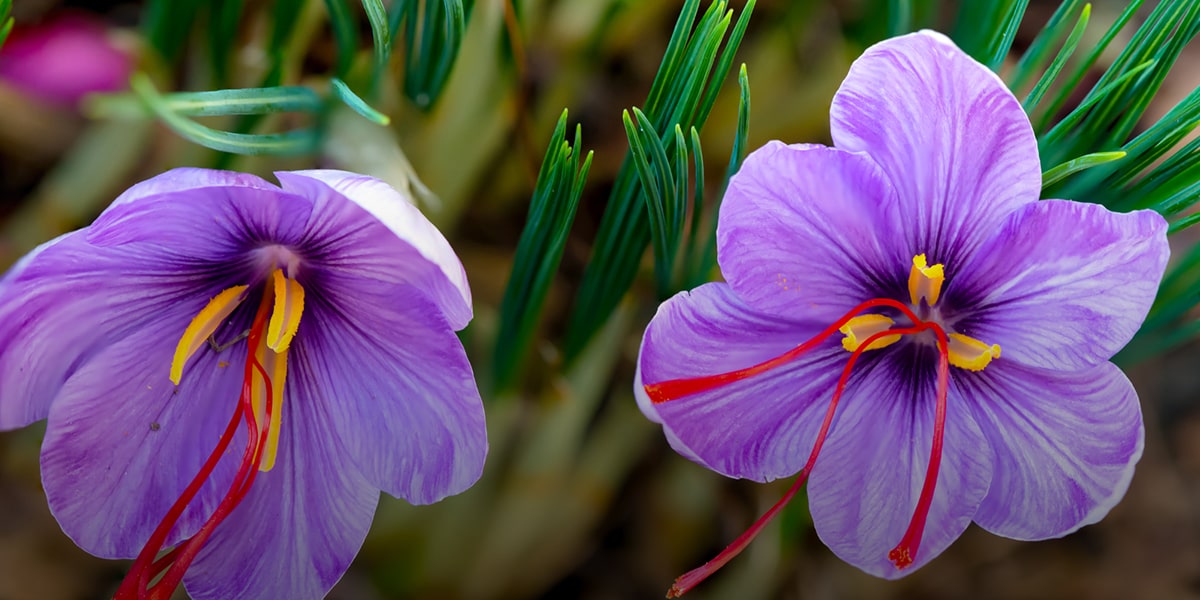
The spice originates from a flower called Crocus Sativus—commonly known as the “saffron crocus.” It is believed that this edible flower originated and was first cultivated in Greece, but today the spice is primarily grown in Iran, Greece, Morocco, and India. Saffron must be harvested by hand in the mid-morning and each flower just produces only three threads (stigmas) of saffron, and it blooms for only one week each year; these are the reason for its expensiveness.
This amazing flower is subtle and fragrant and tastes slightly sweet. It is used in the food and makes totally enigmatic taste. Furthermore, it is good for Providing antioxidants, Preventing nervous system disorders, Boosting mood, Reducing PMS symptoms, and, Promoting weight loss.
Fritillaria Persica among Persian flowers
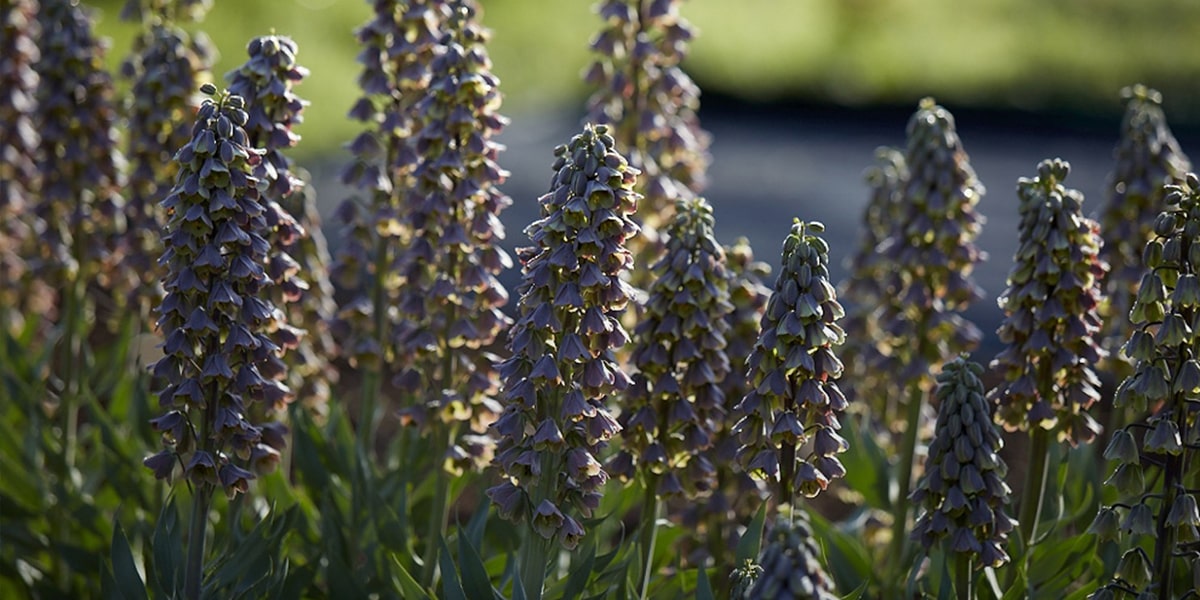
This unique flower belongs to a genus of lilies that grows downwards unlike other flowers. Among the Persian flowers, Fritillaria Persica is one of the highly culturally significant ones to Iranian people. In Iranian mythology, the reason why Fritillaria Persica is mourning (the downward shape) is the death of Siavash, the son of Kikavous. Fritillaria Persica is said to have witnessed the death of Siavash at the hands of the Turanians. According to these mythological stories, this flower fell down after Siavash’s death and cried over the innocence of the son of Iran with colorless sap dripping to the ground. Fritillaria Persica has a very short lifespan of less than one month a year.
The main habitat of Fritillaria Persica
This mythical flower grows in the foothills of the Zagros Mountains and the provinces of Chaharmahal and Bakhtiari, Isfahan, and Lorestan. So far, more than 60 species of this flower have been identified, of which 15 species are also grown in Iran. However, among these, only the 4 species of Iranian Fritillaria Persica, Kurdish Fritillaria Persica, Turkish Fritillaria Persica, and Fritillaria Persica are native to Iran.
More about Fritillaria Persica
The other name of this flower is “Mary’s Tears” due to the overflow of tears and nectar of the plant from inside the flower to the outside. Fritillaria Persica is another example of a native plant of Iran that usually begins to grow in May (spring). This plant is one of the endangered species. Fritillaria Persica in the cold regions of Kohgiluyeh and Boyer-Ahmad provinces is red and sometimes yellow.
Lilium Ledebourii
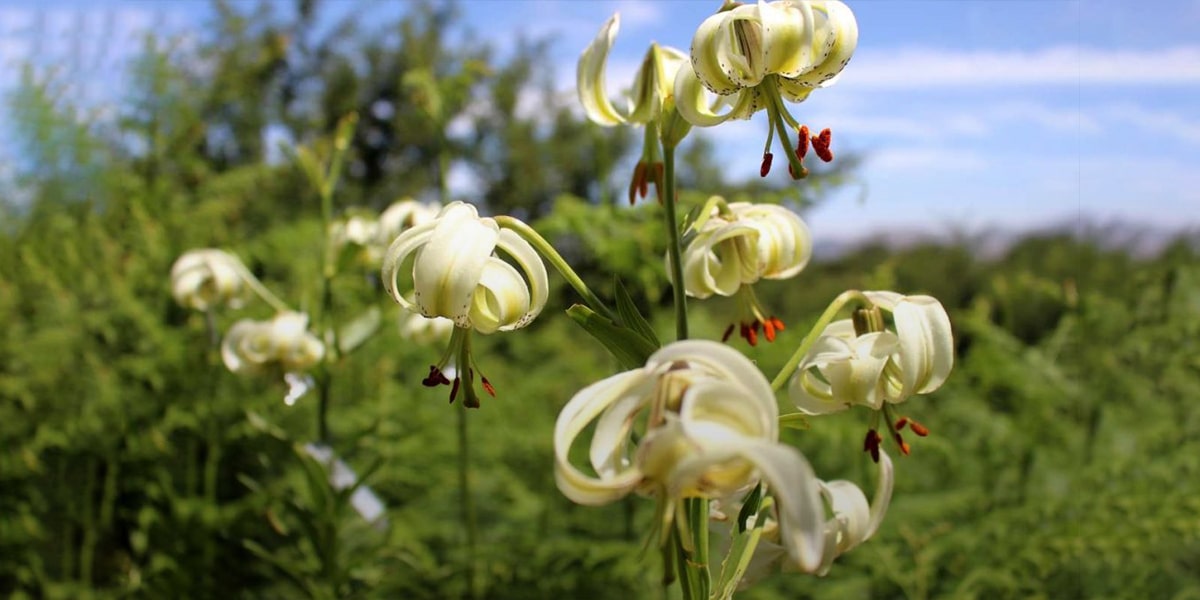
It is a rare Persian flower that often grows in northern Iran, in the provinces of Gilan, Mazandaran, Ardabil, as well as parts of Azerbaijan. But its main habitat is Damash Village, Gilan. The height of this Persian flower is between 50 to 150 cm. Flowering time is usually in June and lasts about two months. Lilium Ledebourii usually yields 4 to 10 flowers. The flowers usually bloom together within 7 cm of the main flower. Many people believe that this type of lily shines at night and that is why it is called Chelcheragh in Farsi (“chandelier”). Others have attributed its name to its similarity with the chandelier. Today, only a small number of this strange and endangered plant remain in Iran. For this reason, they are protected by strict measures. Lilium Ledebourii was nationally registered in the list of the Iranian environmental monuments in 1975.
Gulnar (the pomegranate flower)
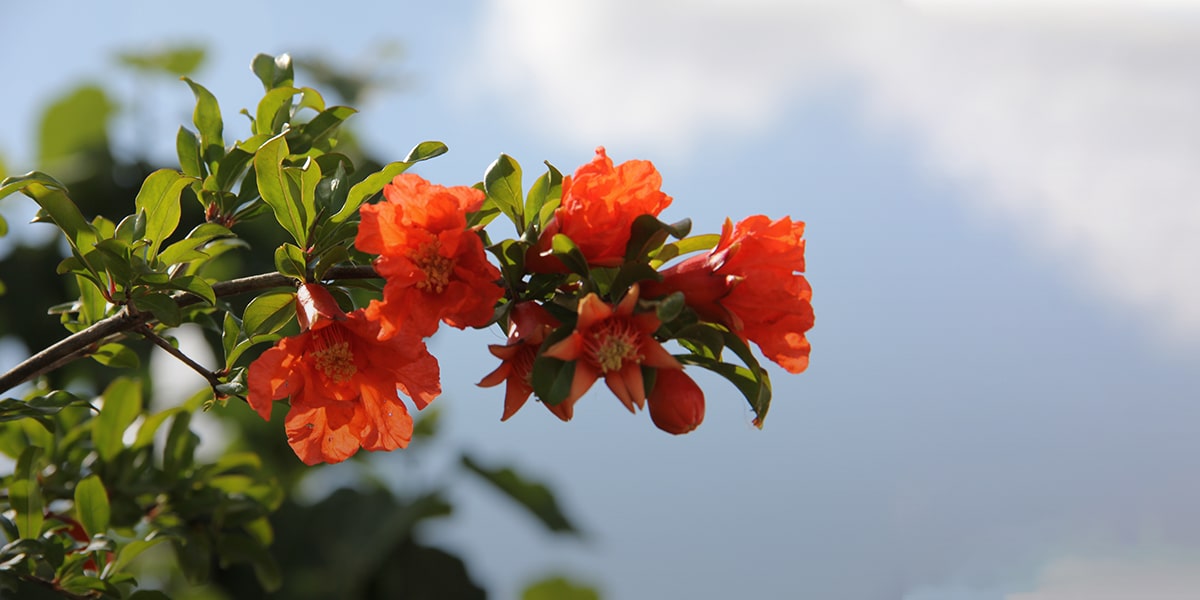
The flower of the pomegranate tree is called Gulnar. The popularity of the flower is mostly due to its medical uses (in traditional medicine). Persian Gulnar decoction is used to treat syphilis. The juice is used to treat jaundice, diarrhea, and to treat frequent nosebleeds. Dried and creamy flower buds of this flower are used as a treatment for bronchitis.
Persian Gulnar is another name for the pomegranate tree, with the difference that this tree is male and does not bear fruit. On the first days of spring, the male tree yields leave that is dark green. It takes a while for the buds to come out. These buds are no different from pomegranate flowers. In June, the buds open and form bright red and colorful flowers. These flowers appear on the branches of the tree until the end of July and die with a special beauty in the end.
Rosa Persica
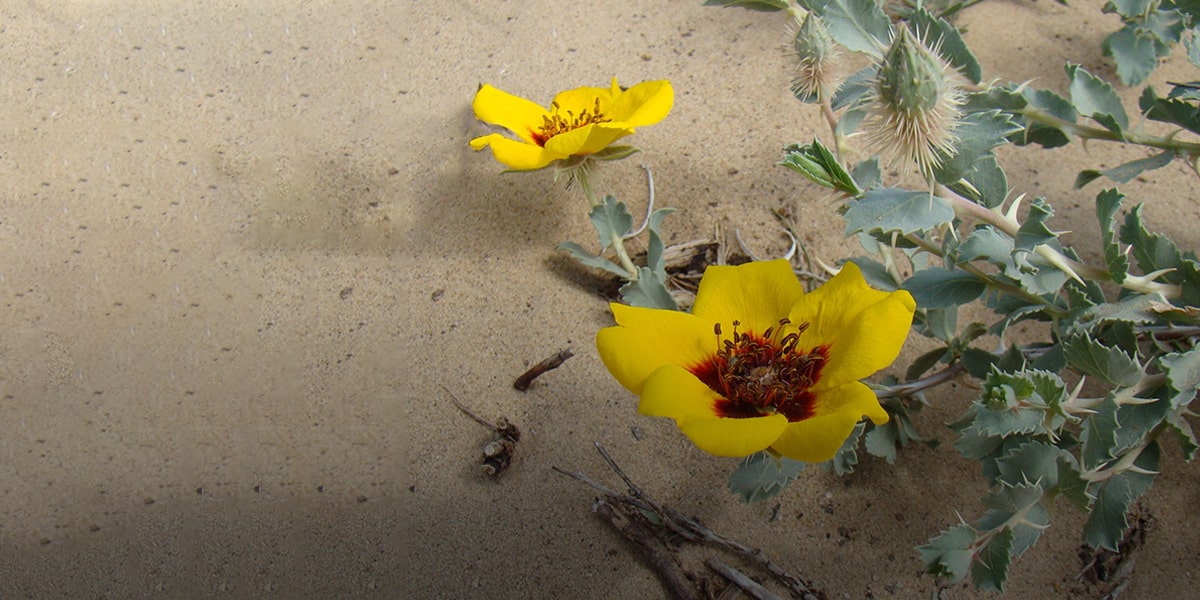
Another Persian flower, Rosa Persica, known as the Persian rose, or more popularly the Muhammadi Flower, occupies a significant place in the Persian culture. In fact, about 350 years ago, it did not grow in any other region except Iran. During the Safavid period, Rose was exported from Iran to Turkey, Syria, and Bulgaria, along with special rose-picking machines. So far, more than 20,000 species of roses have been identified and named, and other species of this fragrant flower are still identified annually around the world.
Rosa Essential Oil
Today, rose essential oil is widely used in the perfume industry as well as in food products such as tea and jam. That is why it has the most expensive essential oil in the world. In fact, each gram of rose essential oil is priced at one gram of gold in the world market.
More about Rosa Persica
It is one of the native flowers of Iran that has yellow and sometimes red fragrant flowers. Rosa Persica reproduces naturally through pollination. For this reason, there is a red area between the yellow flowers that attract insects such as bees. Rosa Persica often reaches 50 to 60 cm in height, and the flowers are about 3 cm in diameter. About 140 years ago, the bases of this beautiful flower were sent to Luxembourg Park in Paris for propagation. This led to the reproduction of this plant in Europe. Today, almost all of the world’s rose trade is accounted for by the Netherlands.
Crocus Gilanicus
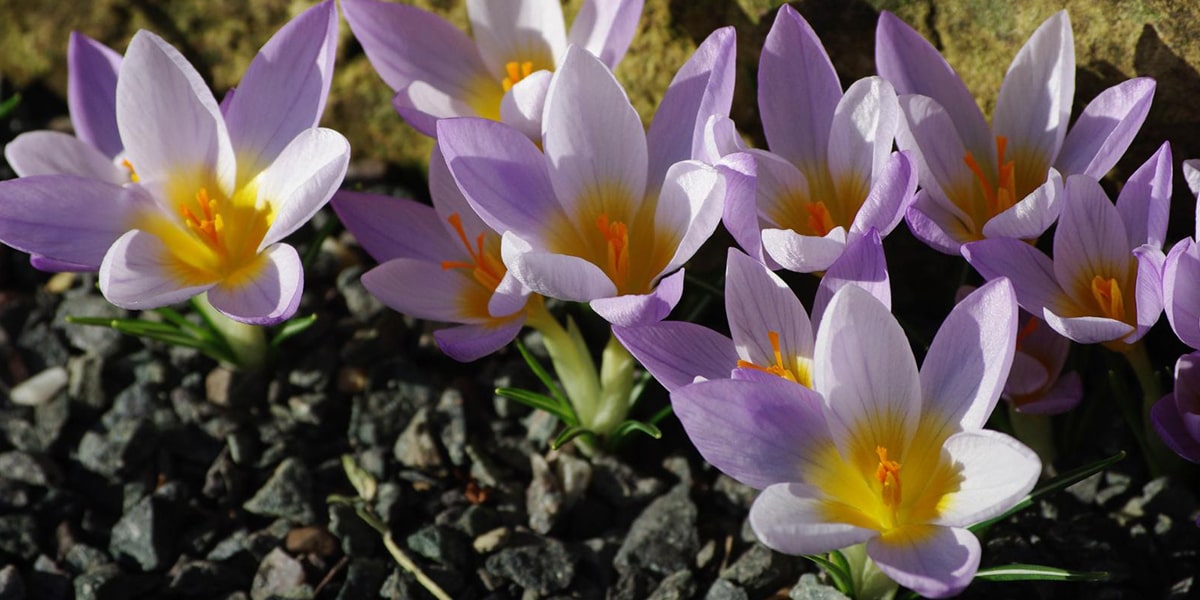
This flower, as its name suggests, is specific to the Gilan region. This flower belongs to the saffron family and is very similar in appearance to ordinary saffron, except that the petals of this plant are white. It changes to a very pale purple as it ages.
Iris Meda
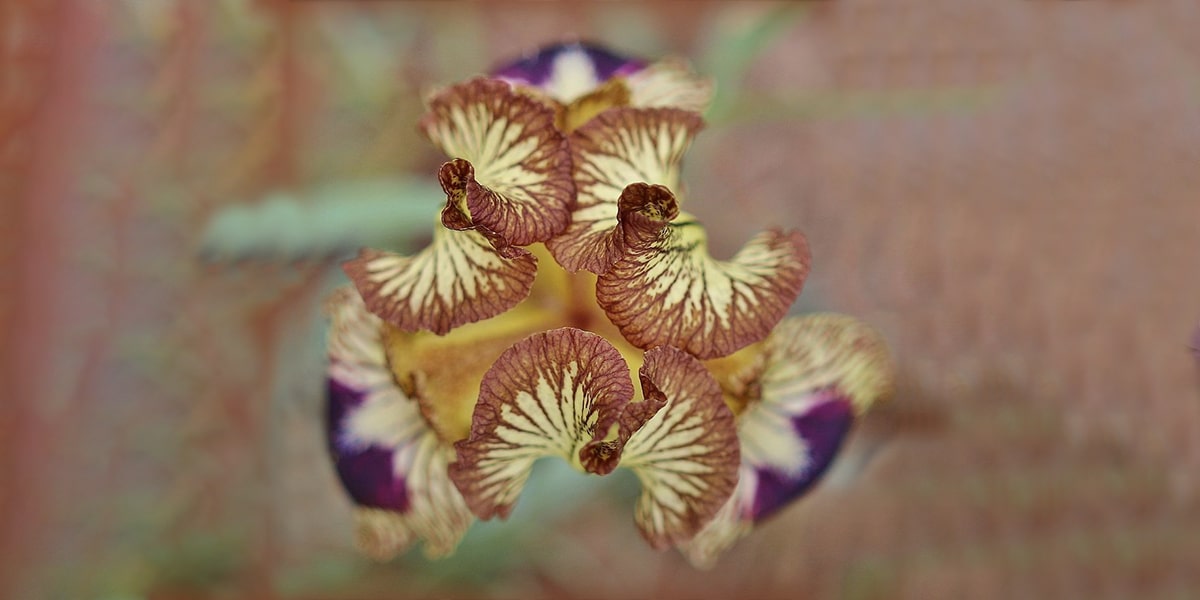
Iris is a genus of historical fragrant plants known for about 300 different flowering species. This beautiful flower often grows in alkaline and light soils and has a special place in Zoroastrian mythology. Among the different species of lilies, there is a species called Persian lily or Nowruz flower, which is one of the native flowers of Iran and is in the category of rhizome bearded lilies. The main habitat of this mythical flower is in northern Iran.
Other Persian flowers
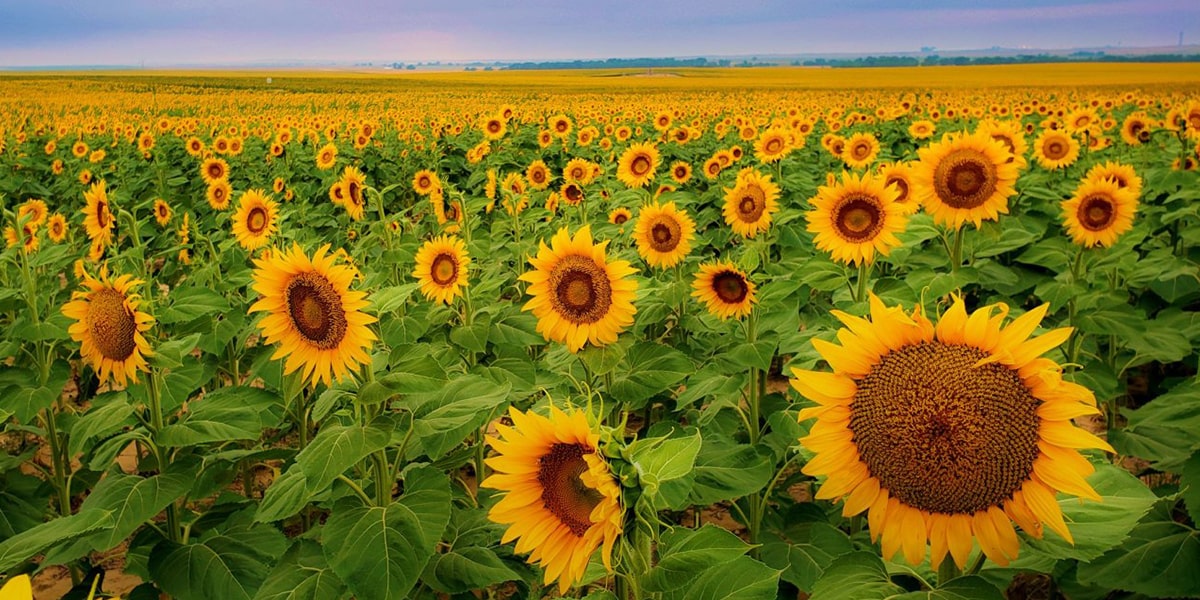
Due to the special climatic diversity of Iran, there are many other species of flowers around. These are not primarily Iranian, but they managed to adapt to the geographical conditions of Iran due to the climatic diversity. Some flowers that you encounter in Iran are the sunflower, hyacinth, tuberose orchid, borage, types of cactus, chamomile, many types of violet family, etc. Among these, some of them are worthy of further notes.
Damask rose and Rosewater festival
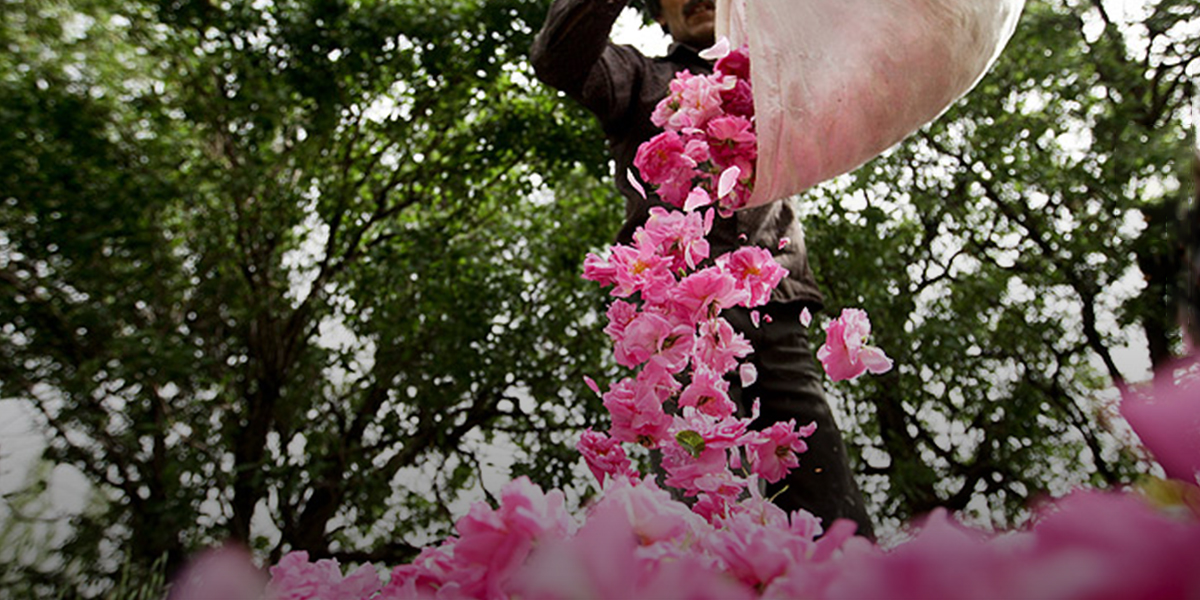
Damask rose is another name for Iran red flower. Some believe that when the Miandeh Qamsar Mosque was built during the reign of the Seljuk emperors, the representative of Eastern Romania picked some red roses from the slopes of the Asbi Mountain near Qamsar to take with him to Damascus. They cultivated those roses in Damascus, and it became famous in Europe. This is why it is sometimes called the Rose of Damascus (Damask rose) in English.
Kashan rosewater festival is an event for these flowers that begins in May and ends in June and backs to hundreds of years ago. The fragrance of rose flowers fills the air and leaves everyone drunk on its paradisiacal freshness, making the city a dream-like re-imagination of Camelot.
Iranians were the first to find out rosewater
It is interesting to know that, according to historical evidence, Iranians were among the first to think of an evaporation and distillation system hundreds of years ago. The last remains of the soul of an ancient way of thinking about making perfume and fragrant water are now found in rose water festivals.
In the past, rosewater was sprinkled on guests and now its oil is a kind of concentrated liquid that people use for perfume. Also, Rosewater uses in various foods, sweets, and desserts, such as Halva and Faludah. In addition, it has some traditional medicinal uses and is effective in treating some diseases such as sore throat, heart disease, and headache.
Cities with high ranks of flower cultivation
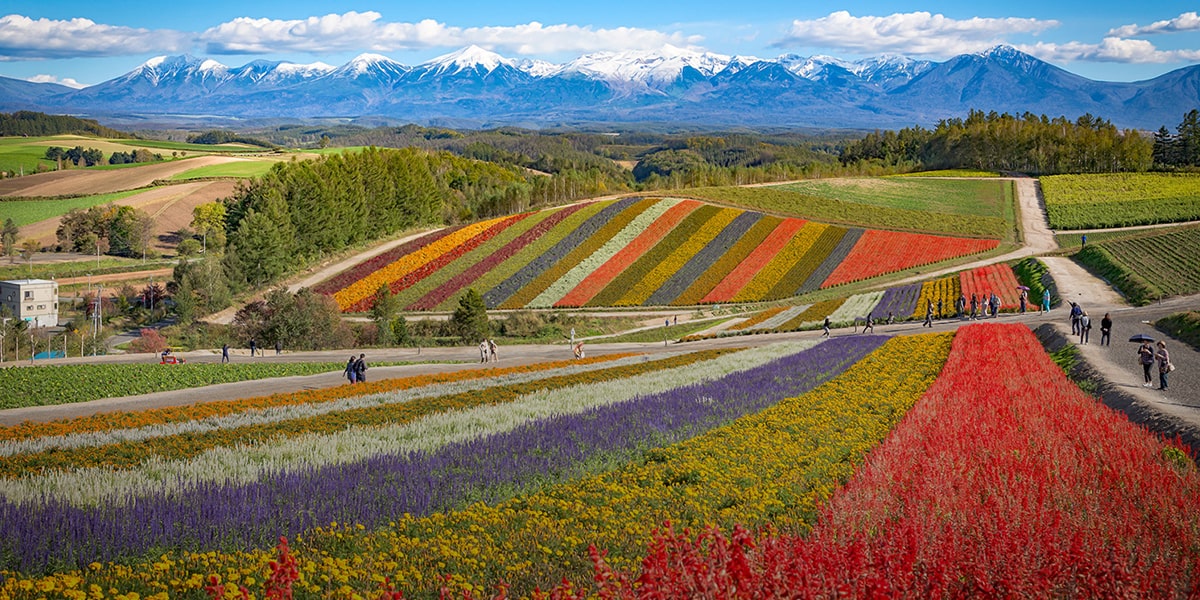
Iran is home to many important species in the field of ornamental plants in the world. Some of the most important Persian flowers that are sold to other countries include tulips, inverted tulips, Lilium Ledebourii, Fritillaria Persica, and irises. The four seasons of Iran have made the cultivation of most flowers possible in this country. Most of Iran’s flowers are produced in Tehran, Markazi (Mahallat and Khomein), Mazandaran, Khuzestan (Dezful), Isfahan, Shiraz, Chaharmahal Bakhtiari, and Gilan provinces.
Producers of cut flowers and plants
The main flower production line in Iran is cut branches, accounting for about 70% of cultivation in the country. In the field of open-space flowers, the provinces of Mazandaran, Markazi, Tehran, Khuzestan, and Alborz are widely active, and in the field of greenhouse production, Tehran ranks first and then are Markazi, Khuzestan, Mazandaran, Isfahan, and Alborz. Tehran province is the largest producer of cut flowers and plants, and Mazandaran province is the largest producer of apartment flowers in the country, but these capabilities are not properly tapped into for export.
Flowers cultivation of Gilan Province
Gilan province is one of the greenest regions of Iran, famous for producing many species of flowers and plants. Gilan is a province with a variety of climates, so it has a natural capacity for growing a variety of plants, including ornamental plants. Annually, about 1.2 million cut flower branches are exported from Gilan province, but the lack of a flower and plant export terminal is one of the major problems in this region. About 5 to 10 hectares of land are needed to establish a flower and plant export terminal in Gilan in order to provide all the equipment and facilities needed to facilitate and expedite export affairs, including a place where the necessary infrastructure can be provided. This is, of course, an investment opportunity if you want to invest in Persian flowers.
Mahallat, the Netherland of Iran
Mahallat is another area where flower cultivation is popular. About 30% of the people of Mahallat are all fully employed in the flower industry. Mahallat has the highest area under the cultivation of flowers and ornamental plants in Iran. Mahallat, located in the south of Markazi province, is known as the Netherlands of Iran. The flower and plant industry of Mahallat, if addressed timely and properly by the authorities, can boost employment and wealth creation, and can also play a role in the development of non-oil exports.
The cultivation of Persian Rose
Persian rose, which is one of the most important Persian flowers, is planted and cultivated in many cities. Iranian rose grows in Iran in Gorgan, Kermanshah, Isfahan, Arak, Khorasan, Azerbaijan, Qazvin, Hamedan, Damghan, Semnan, and Tehran provinces. Persian rose is also found in Turkmenistan and Herat region in Afghanistan.
Flowers Exportation markets of Iran
According to last year’s statistics, Iran is the 17th largest producer of flowers and plants in the world, but we are the 107th in terms of exports. Iraq is the largest flower market of Iran. Vietnam is the second-largest flower market of Iran, and Turkmenistan is the third. Azerbaijan is the fourth largest flower and plant market of Iran, importing almost 1,100 million dollars, which has increased by 22.2% compared to the previous year. Afghanistan can also be mentioned as the fifth target market, which imports almost $1 million, an increase of 42.9% over the previous year.
Russia, the main market of Persian Flower
In general, Russia is generally the largest market near Iran. It buys about 4 million dollars in the field of flowers and plants, which is a very large number compared to other countries and shows that it is worthy of investment. Russia often meets its needs through importing from European countries and Turkey, and Iran should be able to gain a share of this market. Ecuador and Colombia are currently among the suppliers of roses to Russia.
Transit Places of Persian flowers
It should be noted that Persian flowers have been exported to other countries in the world, including the United Kingdom, the Netherlands, the United States, Spain, Australia, the United Arab Emirates, Switzerland, Germany, China, France, Japan, Vietnam, and Iraq. However, the largest customers of Iranian flowers and ornamental plants in recent years have been Iraq, Azerbaijan, Ukraine, Moldova, Belarus, Georgia, Armenia, Tajikistan, Kyrgyzstan, Uzbekistan, Turkmenistan, Kazakhstan, and Russia. Many of these countries, such as Georgia, Russia, and Belarus, are in fact transit places for Iranian flowers that are exported to other countries. After entering these countries, Iranian flowers are re-exported by these countries in new packages with new names.
Flowers in Persian customs and traditions
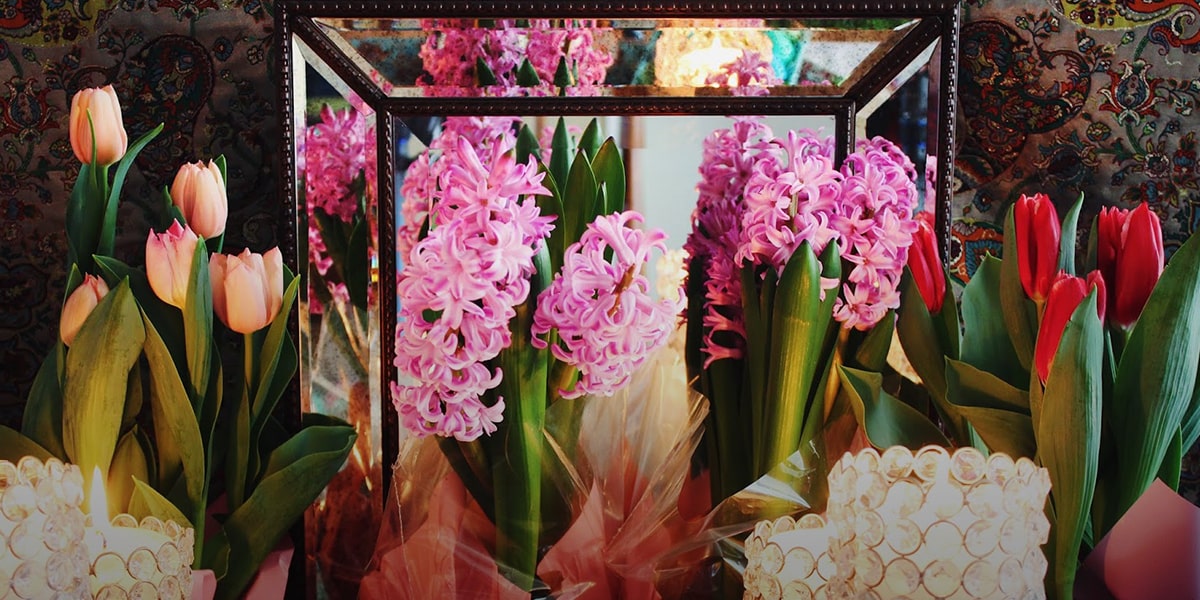
Giving flowers as a gift is one of the oldest Persian customs and traditions. Iranians give each other Persian flowers on different occasions, such as Nowruz , birthdays, wedding celebration, Valentine’s Day, Mother’s Day and Father’s Day, Teacher’s Day, the marriage proposal ceremony, funerals, and the Persian Love Day (Sepandarmazgan). The common ground between all the occasions is respect, love, and appreciation.
Flowers role in Iranian Marriage
Flowers play an important role when it comes to marriage. From the proposal to the wedding ceremony, the groom gives the bride all kinds of bouquets. The flower is a symbol of the love and respect that the man feels towards his loved one. In ancient times, it was customary to give red or fragrant flowers to wedding guests. In the Sassanid era, when they proposed to the girl and the parties accepted each other, they sent flowers to each other.
Giving Flower for peace
Iranians bring flowers when they visit patients, too. The flowers here add to the freshness of the hospital room, making the stay more pleasant for the patient.
When they go to the graveyard, they take flowers and put them on the tombstone. Iranians believe this provides the soul with peace. Flowers are present in Nowruz and Yalda, too. On Nowruz (Persian New Year), flowers represent the coming of spring. On Yalda, the main flower is the rose, which represents fire, light, and hope for better days.
Persian flowers and ancient Persia
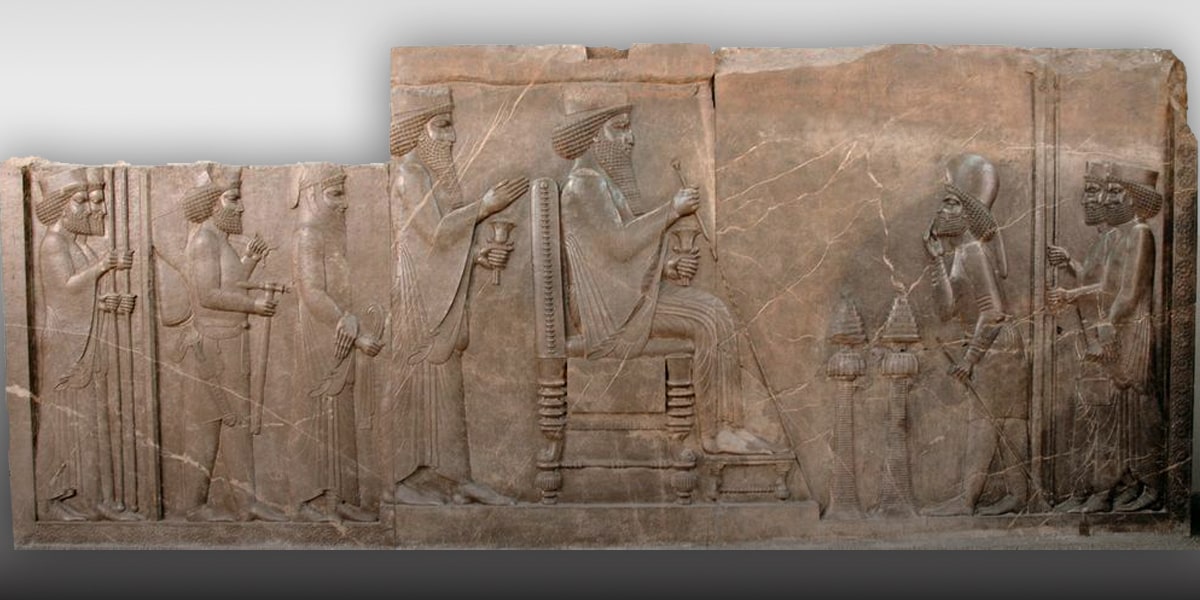
In historical sources and Persian literary texts, many beautiful and heartwarming themes center around exchanging flowers as gifts. The offering of flowers as gifts has been preserved since ancient rituals by the Iranians. Even the Iranian Mazdaeans, who migrated to India centuries ago, still follow this custom and give bouquets of red roses or other fragrant flowers to their guests at weddings.
Lotus flower in Persepolis
The oldest evidence about giving flowers as gifts in the Persian culture is the flowers in Darius’s hand in the Persepolis bas reliefs, which goes back to more than 2500 years ago. Bas reliefs like this illustrate significant occasions such as Nowruz celebration, weddings, and coronation.
Darius has the scales of justice in one hand and a lotus flower in the other, which is a symbol of loyalty.
Lotus flower in Iranians belief
In Iranian culture, the lotus is also a symbol of the transcendence of the soul, because it blooms in the swamp facing the sun. This shows that man can also grow and excel even in difficult conditions. This is one of the reasons why Zoroastrians believe that the lotus is a sacred flower. In their worship, they use Barsam, which is a kind of flower. Barsam was first dedicated to Ahura Mazda (God). Each of the seven aspects of God in Zoroastrianism is assigned a specific kind of flower.
Lotus in Iranian mythology
In Iranian mythology, this flower is a symbol of the goddess Anahita, who occupies an important place in the rituals of ancient Iran. She is the goddess of water, who is carved in reliefs as a young woman. The lotus flower is considered to be the flower of Anahita. The lotus is also closely related to the religion of Mehr. In the scene of the birth of the Mehr, she was born from inside the lotus bud. Therefore, contrary to the idea that the lotus root is in Buddhism, it is related to the Mehrism or Mithraism, which is much older than Buddhism. In Zoroastrianism, this flower is a symbol of Ahura Mazda. The human symbol of Ahuramazda is the torso of a man holding a branch of a lotus in his hands.
Flowers and Persian gardens
As we have said, flowers were used in ancient Iran for weddings, religious celebrations, Nowruz, and wedding celebrations, and in fact, according to the research of French archaeologists and architects, flowers were inseparable from Iranian ceremonies. In Iranian gardens such as Eram garden, Shazdeh Mahan, Pasargad Garden, we see Iranians’ interest in flowers and nature. They even invented intelligent garden irrigation systems to keep flowers fresh and vibrant for longer periods of time.
Flowers in Iranian language and poetry
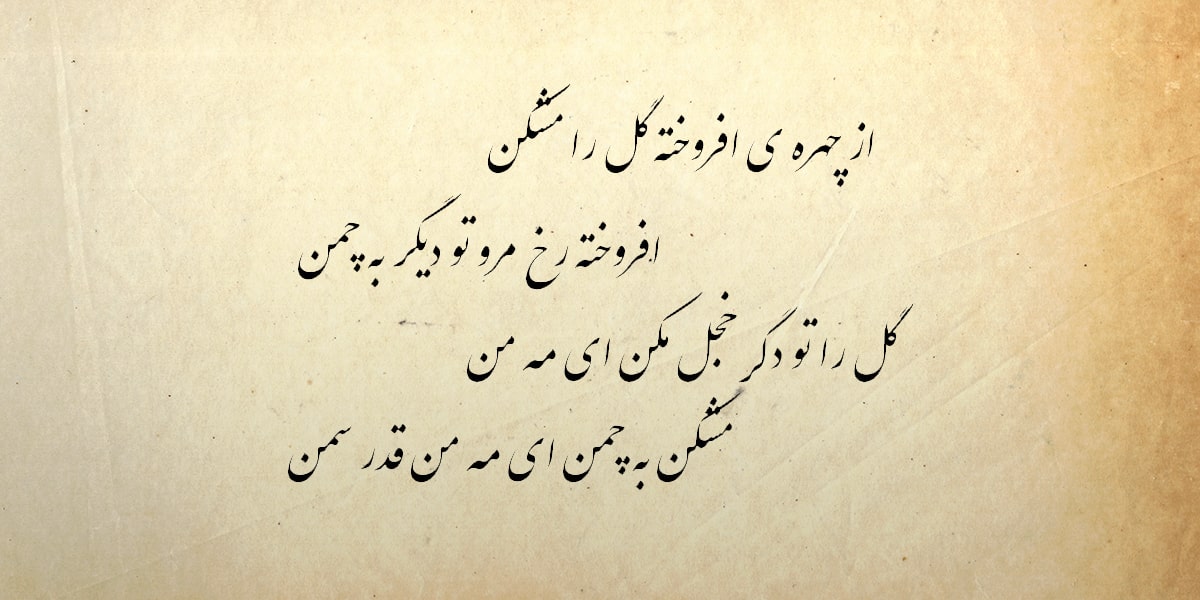
In Persian literature, poets have created masterpieces with deeply thought-provoking meanings and themes through using figures of speech (such as similes and metaphors) and using the word “flower” or different types of flowers.
Rose in Persian literature
The rose is a symbol of boundless love and affection. Thus, when you encounter the rose in classical and contemporary texts, the first thing that comes to your mind is this abundant love and affection. After the introduction of Islam to Iranian culture, they came to call roses “Muhammadi flower”. In Persian literature, it is sometimes the king of the garden, and sometimes the bride of the meadows.
Daffodil is another flower used in Persian literature
The blackness on the inside of the daffodil reminds us of the pupil of the eye. That’s why the flower symbolizes the eye, usually the eye of the beloved. Poets have compared the beloved to daffodil for other reasons, too. The leafless, green stem of the flower, which is hollow, straw-like, and curved makes one think of humbleness and dignity.
The violet flower in Persian literature
The violet flower is another example of the conspicuous presence of flowers in Persian literature. The reason is the purple color of this flower, which leads to feelings of sadness and grief. The soft, delicate, curved stem of the violet flower has at times given rise to the image of a sad person who has her head between her knees.
Tulip, a sample of Lovers heart
The tulip, too, has a prominent presence in Persian literature. The tulip, the innermost part of which is black, surrounded by red petals, is a symbol of lovers’ hearts, and that black part expresses their broken hearts. In contemporary literature, writers have also used the color of tulip, which is like the color of blood, to symbolize martyrs.
Flowers in Persian Proverbs
The presence of flowers is also very conspicuous in Persian proverbs. For instance, since it’s not polite to sit with your back turned to another person, you usually apologize if you have to do so. In response, you may hear, “the back and the front of the flower are the same”. When people want to say that someone’s appearance is immaculate, they say “he/she is like a bouquet”. “Throwing the bouquet into the water” means messing a job up. “The flower is now accompanied by the grass, too” is used when a situation goes to the dogs. The expression “whatever flower you have, it’s on your head” means “do what you want to do, and the outcome will only affect you”. This one is usually used when someone is making a bad decision. Finally, “call somebody nothing less delicate than flower” means to fully respect someone all the time.
Flowers as a Girl name in the Iranian language
Many of the girls’ names are also taken from flowers in the Iranian language. This is because flowers are delicate, beautiful, and unique. Some of these names are Banafshe (violet), Rose, Laleh (Tulip), and Orkideh (Orchid).
Flowers in Persian tile-working
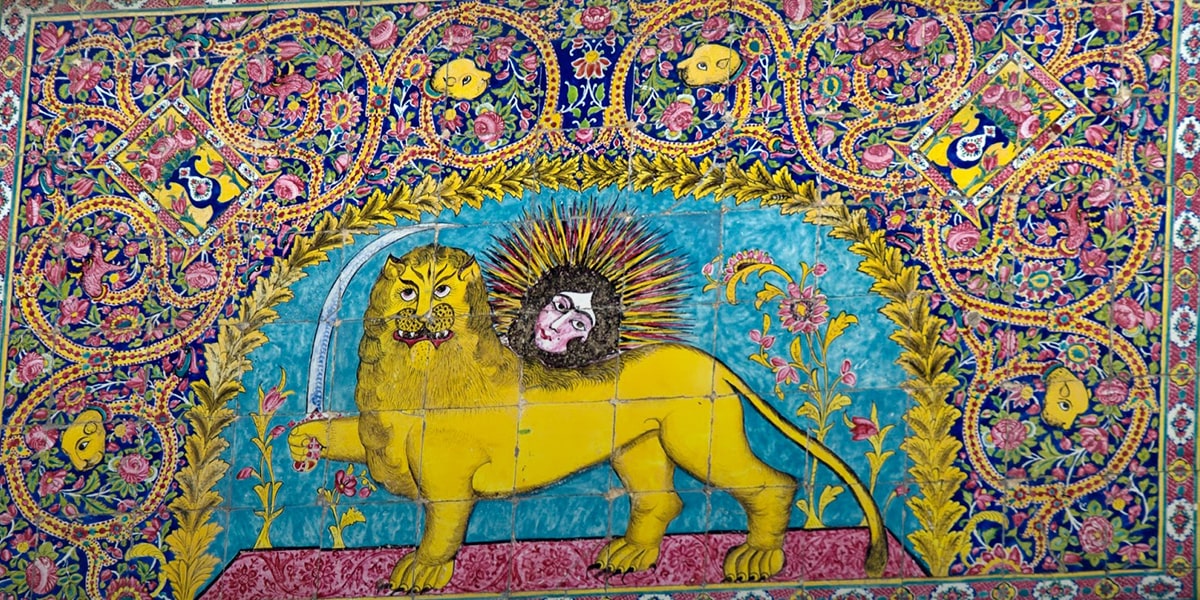
Iranian architecture has been very famous since ancient times and has been considered by architects of different eras in different countries. One of its distinguishing points is the art of tile-working. Since the Safavid era, Iranians decorated tiles with different flowers and miniature flowers; they usually were in blue and white. But you can find different colored flowers and pink rose painting on tiles of the Nasirl-ol-Molk mosque.
Naming flowers
How flowers are named is based on the color, shape, or the location where they first grew, but they are sometimes named after the way they were found. Two interesting examples are the 100-Tomani flower (Paeonia) and Pich-e-Amin al-Dawla (Lonicera Caprifolium). Pich means bindweeds in Farsi.
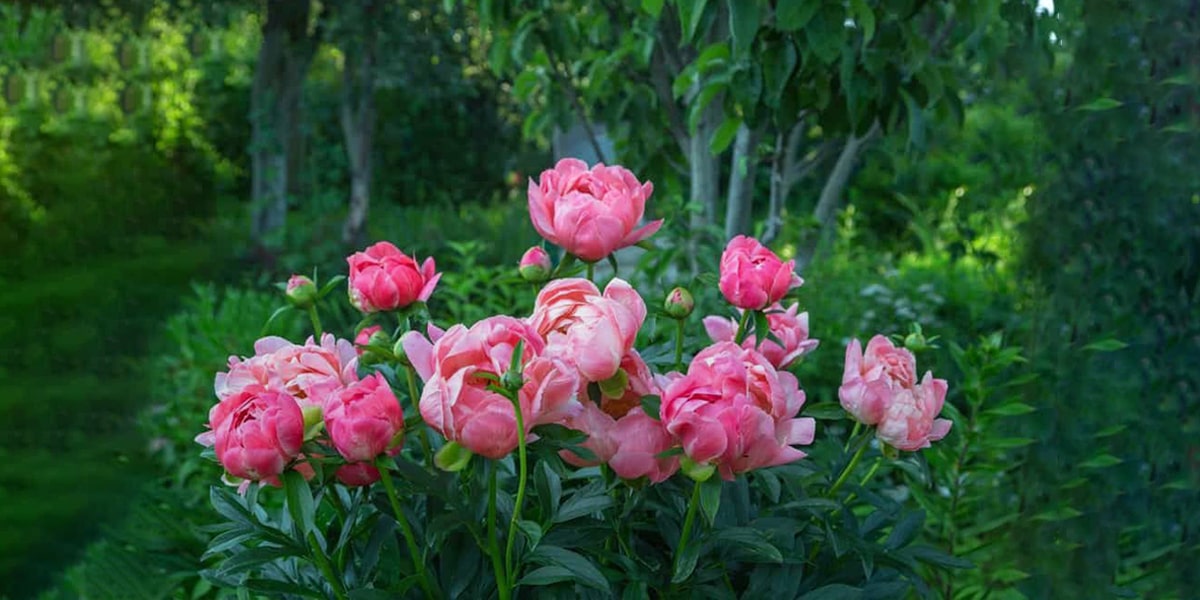
History of naming 100-Tomani flower (Paeonia) in the Persian language
The history of both of these flowers goes back to the Qajar era. When Muzaffar al-Din Shah Qajar traveled to Europe, a European gardener traveled back to Iran with him and brought the roots of this flower to Iran. Gradually, Muzaffar al-Din Shah was impressed by the beauty of the flower when he saw it and gave a gift of 100 Tomans to the gardener, and the name of the flower became known as 100-Tomani. The reason for the naming of the second one is also somebody in the reign of Muzaffar al-Din Shah. Ali Khan Amin al-Dawla, the prime minister of the king, planted Paeonia for the first time in Iran in his garden, and ever since the flower has come to be known as Pich-e-Amin al-Dawla
Online flower shops in Iran
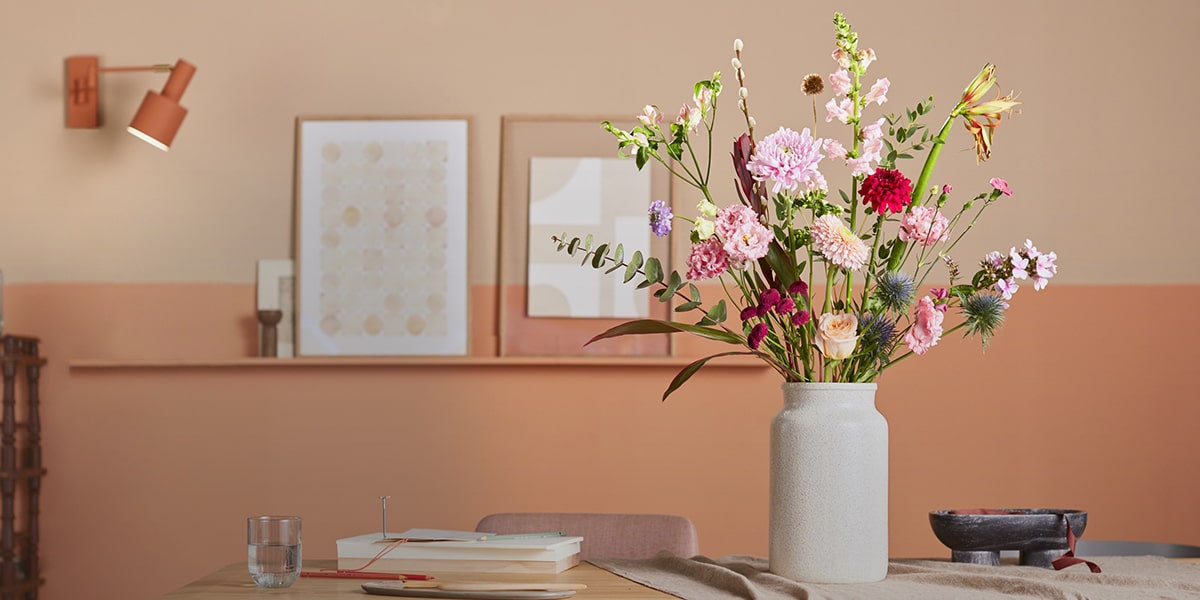
Due to the great desire of Iranians for flowers, many online florists have been established whose websites you can visit to shop. There are also many pages on Instagram, where you can select and order the flower you want. And maybe have it sent as a gift to your loved ones. These online florists enable people living outside Iran to order flowers online for their family or friends and give them gifts. Here are some of the websites and pages you can use:
https://golbishe.net/ /
http://www.khoushe.com/
Iran is a country of four seasons. As Iran located between the two seas, having special topography; special animal and plant species is found in this country. Iran’s plant diversity is so vast that it makes it unique among other countries in the Middle East. Persian flowers are so exquisitely beautiful that you can’t miss them when you travel to Iran. Plus, if you are interested in investing in Iran, Persian flowers offer a unique opportunity.
Related posts
We're Authorized & Qualified by


 Iranian E-Tourism Association
Iranian E-Tourism Association



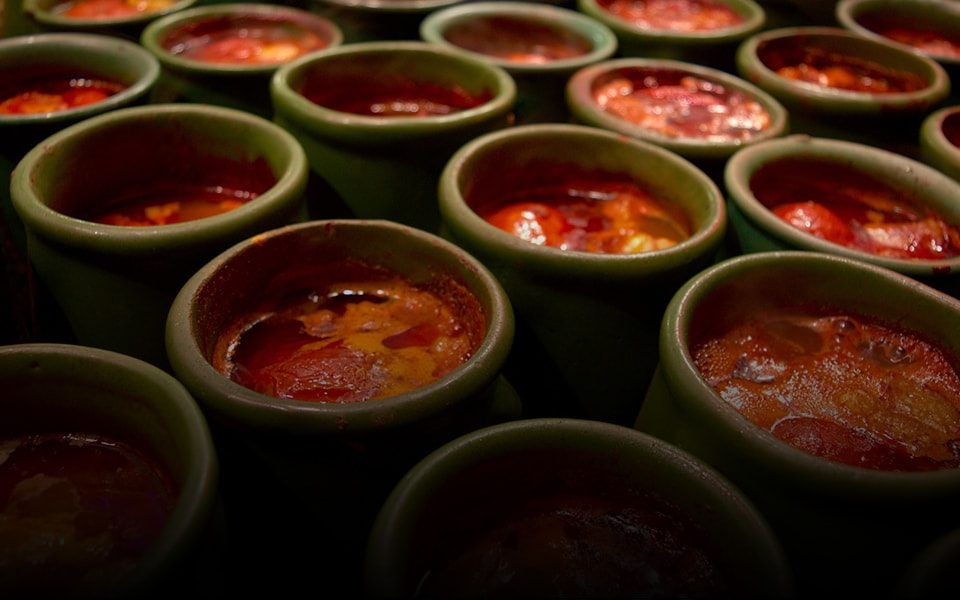
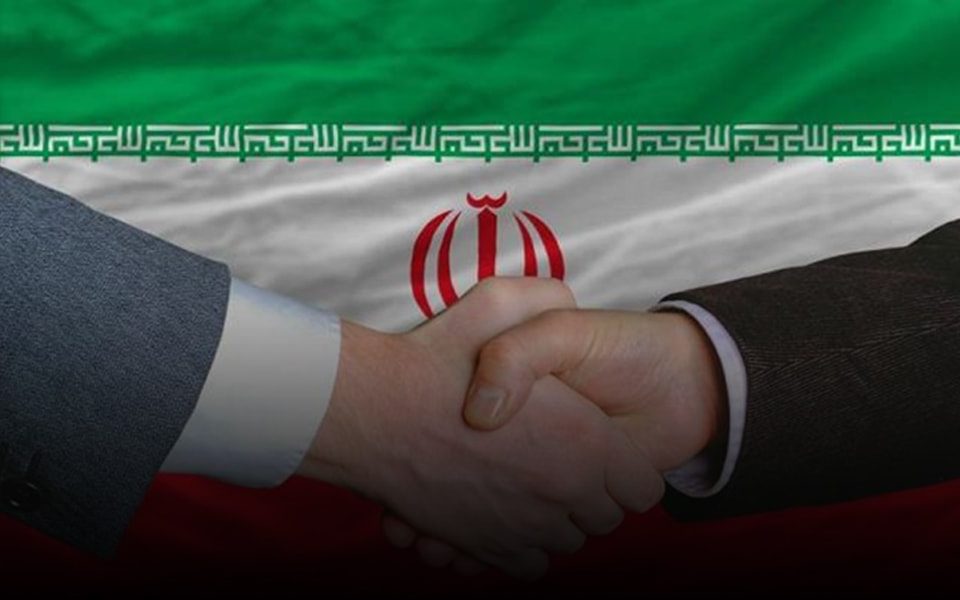
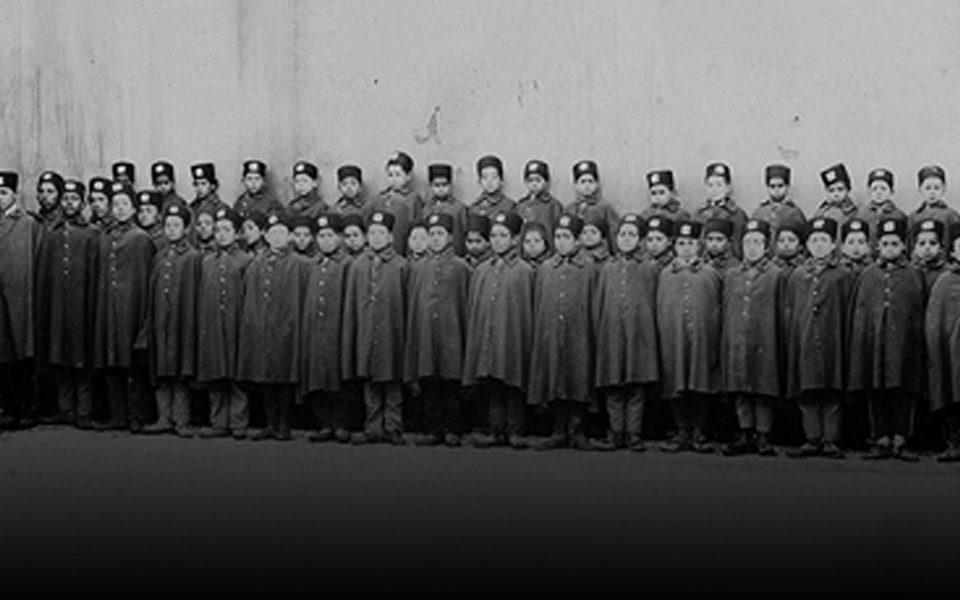

137 Comments
My brother suggested I might like this blog. He was totally right. This post actually made my day. You can not imagine simply how much time I had spent for this info! Thanks!
É como se você lesse minha mente Você parece saber muito sobre isso, como se você tivesse escrito o livro nele ou algo assim. Acho que você poderia fazer com algumas fotos para transmitir um pouco a mensagem, mas em vez disso, este é um blog fantástico. leia eu certamente voltarei
Wonderful beat I wish to apprentice while you amend your web site how could i subscribe for a blog web site The account aided me a acceptable deal I had been a little bit acquainted of this your broadcast provided bright clear idea
WAVRZyXUzrBceuxg
Celebrate in style with our Miami bachelor and bachelorette party bus service. From spacious interiors to VIP amenities, our fleet ensures a memorable experience. Choose affordable luxury for your Miami party bus rental needs.
Discover unparalleled elegance with Miami’s top-rated limo services. From weddings to corporate events, our luxury fleet ensures a seamless experience. Enjoy competitive rates on prom and executive limo services in Miami.
Choose our Bus Service in Baltimore, Maryland, for exceptional Charter Bus Service and Group Transportation. Our Shuttle Bus Services, Motor Coach Bus rental, Wedding Transportation, and Airport Transfer options provide comfort and reliability, ensuring a smooth journey for all your travel needs.
Find easy transportation options from Nassau Airport to Atlantis resort, including private cars and shuttles. Enjoy reliable and affordable transfers.
Airporttransfernassau.com is the place to find Nassau Airport to Grand Hyatt Baha Mar transportation and rates. We offer safe, reliable, and professional transportation services from Nassau Airport to Grand Hyatt Baha Mar for all your needs!
looking for limousine service at Bahamas airport, Bahamas premium transfers is your most trusted partner in transportation
Enjoy premium airport limo service in Niagara Falls with our luxury limousines. We provide stylish transfers to Pearson, Buffalo, and Hamilton Airports, including services from Niagara Falls to Toronto Airport and Billy Bishop Airport for a top-notch travel experience.
Airport/Aeroport Taxi & Limo Service Waterloo offers top-notch transportation services, including Taxi Service from Waterloo to Toronto Airport, Shuttle Service from Waterloo to Buffalo Airport, and Waterloo Airport Transfer to Hamilton. Count on us for comfort and reliability in every ride.
Experience seamless travel between Buffalo and Hamilton with our dedicated Airport Limo and Taxi Services. From Buffalo Airport to Hamilton, enjoy punctual transportation with our luxurious limos and reliable taxis. Book now for a comfortable and stress-free journey.
Enjoy premium travel experiences with our bespoke Chauffeur Car Service in Chicago. Our professional chauffeurs and luxury vehicles cater to your every need. Whether for corporate events or special occasions, trust us for unparalleled comfort, style, and reliability.
Experience convenient Galveston shuttle service with our reliable Galveston Shuttle Transportation service. We offer seamless Houston to Galveston shuttle service and Galveston to Houston shuttle service, ensuring comfortable and timely transfers for your travel needs.
For top-notch car service MSP to Rochester, MN, trust our experienced chauffeurs. We specialize in transportation from Minneapolis Airport to Rochester, MN, offering seamless travel from MSP to Rochester and ensuring a smooth ride from Rochester, MN, to MSP Airport.
Travel in style from Dubai Airport to Atlantis The Palm. Whether you choose a limo from Dubai Airport to Atlantis The Palm or a taxi Dubai Airport to Atlantis Palm, we ensure a smooth transfer from Dubai Airport to Atlantis.
Best chauffeur drive experience across the UAE Our well-trained drivers with range of sprinter and premium cars are available 24×7
We are dedicated to providing quality Luxury airport transfers, including comfortable and reliable limousine services. We service all over Dubai city.
Little Stars Travel specializes in luxury car services in Dubai, boasting a fleet of top-tier vehicles and experienced chauffeurs. They offer premium transportation, ensuring a stylish and comfortable journey for both business and leisure travelers, making Dubai exploration a breeze.
424wqr
What i do not realize is in fact how you are no longer actually much more wellfavored than you might be right now Youre very intelligent You recognize thus considerably in relation to this topic made me in my view believe it from numerous numerous angles Its like men and women are not fascinated until it is one thing to do with Lady gaga Your own stuffs excellent All the time handle it up
This is really interesting, You’re a very skilled blogger. I’ve joined your feed and look forward to seeking more of your magnificent post. Also, I’ve shared your site in my social networks!
Discover our reliable Long Beach Airport Shuttle Service for easy transportation to Los Angeles, Orange, Riverside, and San Bernardino Counties. Enjoy pickups from Rancho Cucamonga, Upland, Ontario, and more for a stress-free airport journey.
z6murq
Choose our Niagara Falls airport limo service for a high-end travel experience. We provide luxury limousines to Pearson, Buffalo, and Hamilton Airports, as well as elegant transfers from Niagara Falls to Toronto Airport and Billy Bishop Airport.
Choose Cambridge Airport Taxi for reliable transportation to Pearson Airport. Book a Cambridge to Toronto Airport Shuttle for convenience. Trust Cambridge Taxi Service for a prompt and comfortable journey.
Unparalleled elegance awaits with our Black Luxury Car Service in Chicago. From executive sedans to black SUVs, we offer premium transportation for all occasions. Experience luxury, style, and professionalism with our chauffeur-driven black car service.
Travel comfortably with our airport shuttle from Houston to Galveston, featuring shuttles from Hobby Airport and George Bush Airport. Our shuttle bus from Houston to Galveston guarantees smooth transportation from Houston Hobby to Galveston hotels at competitive rates.
Our Black Car Service Houston to Galveston guarantees an elegant travel experience. Enjoy luxury rides from IAH, Hobby Airport, Downtown, and Sugar Land to Galveston and the Cruise Terminal. Experience top-notch service by booking your black car today!
Houston Shuttle Service offers reliable Houston Airport shuttle service, including IAH shuttle service and Hobby Airport shuttle service. Experience convenient and affordable Houston shuttle transportation service, ensuring timely pickups and drop-offs to and from all major airports in Houston.
To get from Dubai Airport to Atlantis The Palm, the distance is about 30 kilometers, typically taking 30-45 minutes. Taxis are a common choice for transport, while Palm Jumeirah limo services offer a more luxurious option for travelers seeking comfort and style during their journey.
Mercedes Sprinter Dubai offers opulent limo services in Dubai. Experience luxury, comfort, and professional chauffeurs in their sleek limousines, perfect for upscale events and special occasions in Dubai.
A Mercedes Sprinter is one of the most popular luxury vans in Dubai, and it is loaded with features to make it more comfortable and convenient.
Elevate your airport experience with our comprehensive O’Hare Airport Pickup/Drop Service. Offering shuttle pickups, limousine transfers, and chauffeur-driven rides, we prioritize punctuality, professionalism, and comfort for every traveler’s needs.
Travel in comfort with Minneapolis airport car service, including MSP airport transportation, limo, shuttle, and taxi options. Choose from sedan, black car, SUV, or executive car service for your MSP airport ride. Enjoy our premium private car service Minneapolis.
For your wedding day, London Wedding Car Hire offers vintage, classic, and luxury cars with chauffeur service. Reliable, stylish options ensure memorable journeys, from wedding venues to airport transfers, providing seamless, elegant transportation across London.
Discover the elegance of VIP Limousine Winnipeg with our top-notch limousine rental services. Offering everything from stretch limousines to corporate limo options, we provide affordable luxury for weddings, proms, and airport transfers. Rent a limo and experience excellence today!
Choose our John Wayne Airport Shuttle Service for hassle-free travel! We offer efficient shuttles to Los Angeles, Orange, Riverside, and San Bernardino Counties, including services from Riverside and Pomona to John Wayne Airport for your convenience.
Whether you need a transfer from Galveston Seawall to Hobby Airport or a ride from Galveston Port to Hobby Airport, we offer top-notch, affordable transportation from Hobby Airport to Galveston Beach with options to fit all your travel needs.
Airport Taxi Lindsay provides reliable and affordable transportation to and from Toronto Pearson, Billy Bishop, and Downtown Toronto. Our services include Lindsay Airport Transfer, Airport Limo, Shuttle Service, and Private Transfers, ensuring comfort and punctuality for all your travel needs.
ife0tz
l9l5ls
sa2kh4
Book your John Wayne Airport Transfer Shuttle today! Our efficient John Wayne Airport Shuttle Service connects you to Los Angeles, Orange, Riverside, and San Bernardino Counties, offering rides from Ontario, Montclair, and La Verne to the airport and beyond.
Rely on BWER Company for superior weighbridge solutions in Iraq, offering advanced designs, unmatched precision, and tailored services for diverse industrial applications.
Casibom, Türkiye’deki erişim engellemelerine karşı her zaman çözüm üretiyor. Yeni giriş adresi ile güvenli bir şekilde siteye erişebilir ve oyun seçeneklerini keşfedebilirsiniz.
Choose our Owen Sound Taxi to Toronto for quick, reliable service to Pearson Airport. We also offer private transfers to Buffalo, Hamilton, and Billy Bishop, along with affordable shuttles and luxury limos for your convenience.
Choose our reliable Minneapolis airport car service for a stress-free trip to MSP. With limos, black cars, SUVs, and shuttle options, we offer comfortable, convenient transportation that caters to your needs. Our private, professional service ensures that you’ll reach the airport on time, refreshed, and ready for your journey.
We maintain proper safety equipments for car hire in Dubai. The initial task is to deeply vacuum the entire interior to remove and remove dirt, sand, dust, hair and all dirt, both on carpets and on seat upholstery. Rubber mats, the easiest to clean, should be removed to wash with water – and soap
first-class tour of Dubai / Abu Dhabi city in mercedes Sprinter with uniformed, professional chauffeur drivers.
Begin your stay at Atlantis The Palm with premium Dubai Airport to Hotel Transfer. Whether you prefer a VIP Limo from Dubai Airport to Hotel or an Affordable Dubai Airport to Hotel Taxi, enjoy stress-free travel with our wide range of transport options.
Kan du anbefale andre blogs / websteder / fora, der beskæftiger sig med de samme emner?
Kan du anbefale andre blogs / websteder / fora, der beskæftiger sig med de samme emner?
Great post. I will be dealing with some of these issues as well..
webside er virkelig bemærkelsesværdig for folks oplevelse, godt,
Znáte nějaké metody, které by pomohly omezit krádeže obsahu? Rozhodně bych ocenil
الاستمرار في توجيه الآخرين.|Ahoj, věřím, že je to vynikající blog. Narazil jsem na něj;
) Jeg vil besøge igen, da jeg har bogmærket det. Penge og frihed er den bedste måde at ændre sig på, må du være rig og
skupině? Je tu spousta lidí, o kterých si myslím, že by se opravdu
|Hello to all, for the reason that I am actually keen of
My brother recommended I might like this web site. He was totally right. This post actually made my day. You cann’t imagine just how much time I had spent for this information! Thanks!
oo9j35
Excellent blog here! Also your website loads up very fast! What web host are you using? Can I get your affiliate link to your host? I wish my web site loaded up as quickly as yours lol
와! 정말 놀랍고 도움이 되는 게시물이네요. 정말 정말 좋아요. 너무 좋고 굉장해요. 정말 놀랍네요. 앞으로도 이런 식으로 계속 일해 주셨으면 좋겠어요.
pokračovat v tom, abyste vedli ostatní.|Byl jsem velmi šťastný, že jsem objevil tuto webovou stránku. Musím vám poděkovat za váš čas
Com tanto conteúdo e artigos, alguma vez se deparou com problemas de plágio ou violação de direitos de autor? O meu site tem muito conteúdo exclusivo que eu próprio criei ou
meget af det dukker op overalt på internettet uden min aftale.